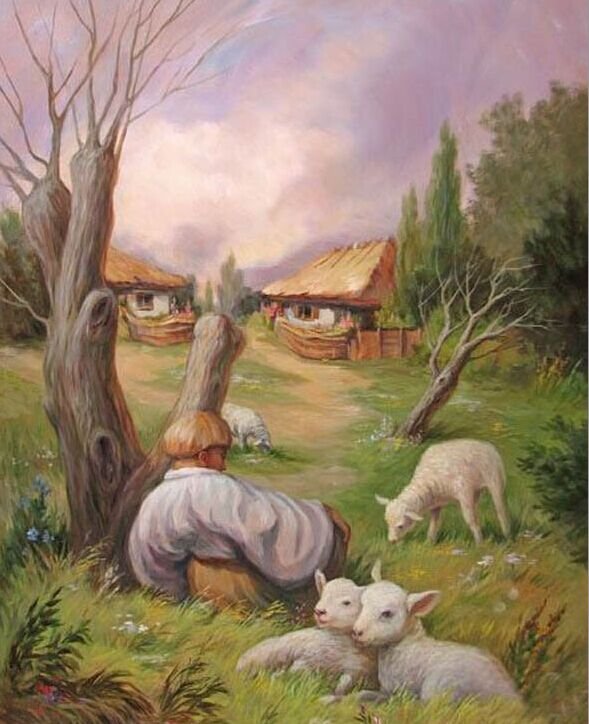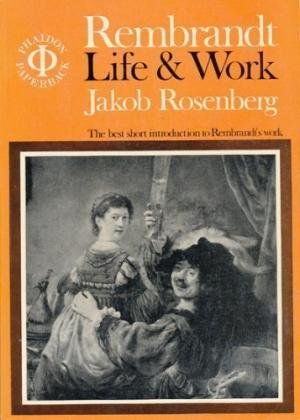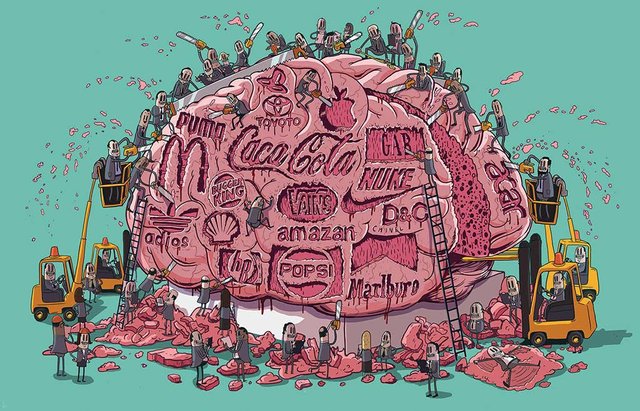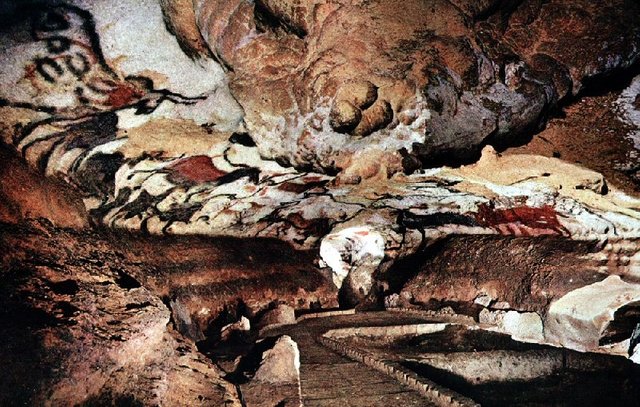There is a fight to the death between those who defend universal standards and those who support aesthetic relativism.

Impressionism brought with it a rupture of a trend that, at the moment, inspired works of great depth and realism, with the premise that beauty is in the eye of the spectator, that is, that is not measured objectively as Jakob Rosenberg supposes when he speaks of this quality in art: "it is not only a matter of personal opinion but is largely objectively measurable".

The first works of Impressionism still maintained some rules of design and harmony of the academies of fine arts. However, the century of industrialization went to mass production, for the masses, in a new capitalist system of great aggression, which eventually planted its seeds in artistic creation trends and promoted the emergence of pop art or abstract expressionism. Now the ugly, the different and the trivial, is the art that represents our time, the new look of post-modern man, in a world dominated by the banal and consumerism.

This does not mean that the 32 Cans of Campell's soup by Andy Warhol have nothing to say, in fact, they are the perfect reflection of the historical context in which they were created. In addition, every work of art is subject to this, since the human being, as a social being, even if unconsciously, will reflect motives in his creations as a reaction to the dynamics of the environment in which he lives. Politics, religion, social movements and development models are some of the foundations that exert their influence on the artist's education and his way of seeing the world. Studying the historical context and other elements that define the culture of a civilization over time, is the right angle through which we can find the answers to these various artistic manifestations and understand their bizarre evolution.

The History That Art Tells Us
Even from the times when humans lived as nomads, pictorial manifestations have been found in rock formations that demonstrate the existence of our creative side. In fact, such manifestations were much more complex than we think. An example of this is the discovery made in the cave of Lascaux, in France, where experts initially found the typical images printed on the rock, but soon considered an alternate and perhaps unpredictable factor: light. The light sources distributed throughout the land, with torches that worked with animal fat, showed, along with the drawings on the walls, the oldest animated cinema in the world.

None of the archaeologists who found the cave in 1940, correctly imagined what the dozens of lamps that were buried inside were for. Without knowing it, when extracting the archaeological samples, they destroyed a theater where stories were told through moving images. Now trying to recreate the scene is a most complicated task, since even the exact position where each lamp was placed had an intention inside the light board of that projection room.
The ignorance of the purpose of such an ancient and enigmatic work caused its disarticulation. This is not an isolated phenomenon, it is a reiterative fact promoted by positivist or similar thought currents that have affected aboriginal communities around the world. Creations are separated from an environment that is part of its essence, bursting with the interaction that develops there and the harmony of a society that moves under its own rules.

Clifford-Geertz pointed out in his work, Local Knowledge, an interesting meaning about the marks on the skin of the Yoruba tribe, because for them the line is associated with the concept of civilization: "This country has managed to become civilized" literally means in Yoruba "that this land has lines on his face"; this is how he reconciles his model of civilization. Such an example gives us a clue to understand that the culture of these people is not museum pieces to provoke meaningless debates about intentions that most of the time we do not know, because to understand them we need to be part of them and live such experiences with a willing to break with the paradigms of modern civilization. This is how history can be told from a new perspective that frees us from the established and invites us to perceive our memories with a renewing sensitivity.
---
This is my first article in Steemit, as part of an essay I wrote for art university. I'm native in spanish, so if there is any error with my english I beg your pardon and please let me know in the comments.
I love writing and I look foward to share my works with this awesome community. Thank you very much and have a great day!
Congratulations @showdepenca! You have completed the following achievement on the Steem blockchain and have been rewarded with new badge(s) :
Click here to view your Board of Honor
If you no longer want to receive notifications, reply to this comment with the word
STOPDownvoting a post can decrease pending rewards and make it less visible. Common reasons:
Submit
Congratulations @showdepenca! You received a personal award!
You can view your badges on your Steem Board and compare to others on the Steem Ranking
Vote for @Steemitboard as a witness to get one more award and increased upvotes!
Downvoting a post can decrease pending rewards and make it less visible. Common reasons:
Submit